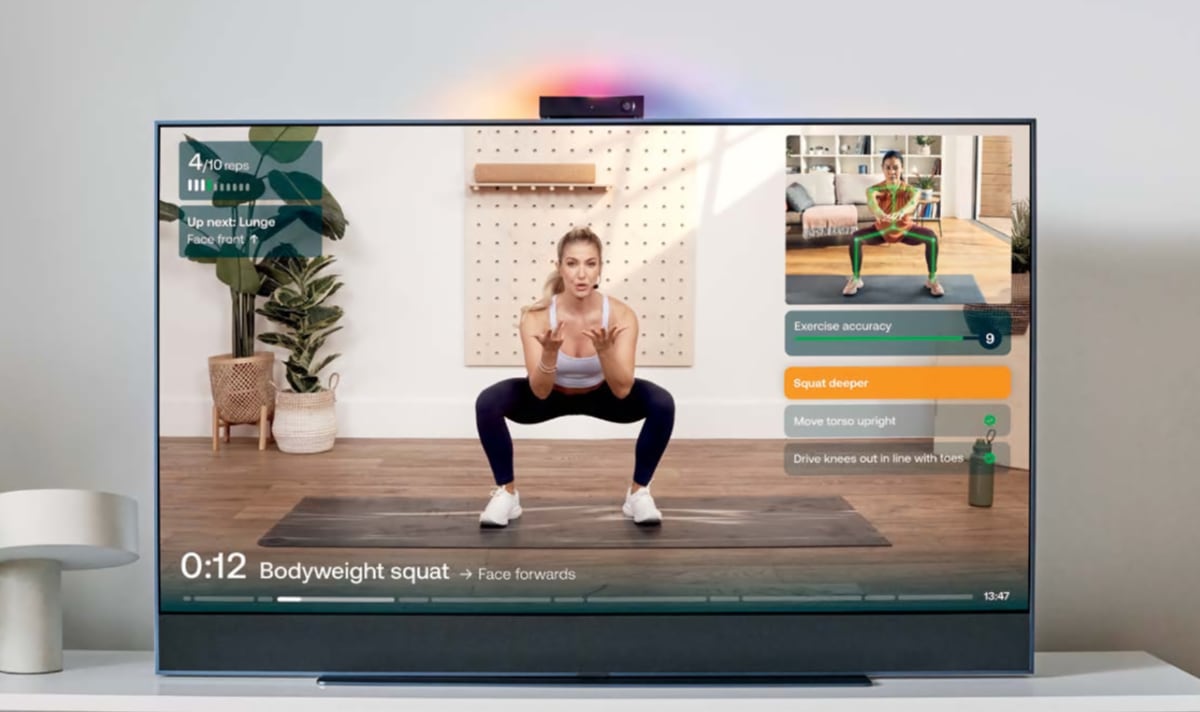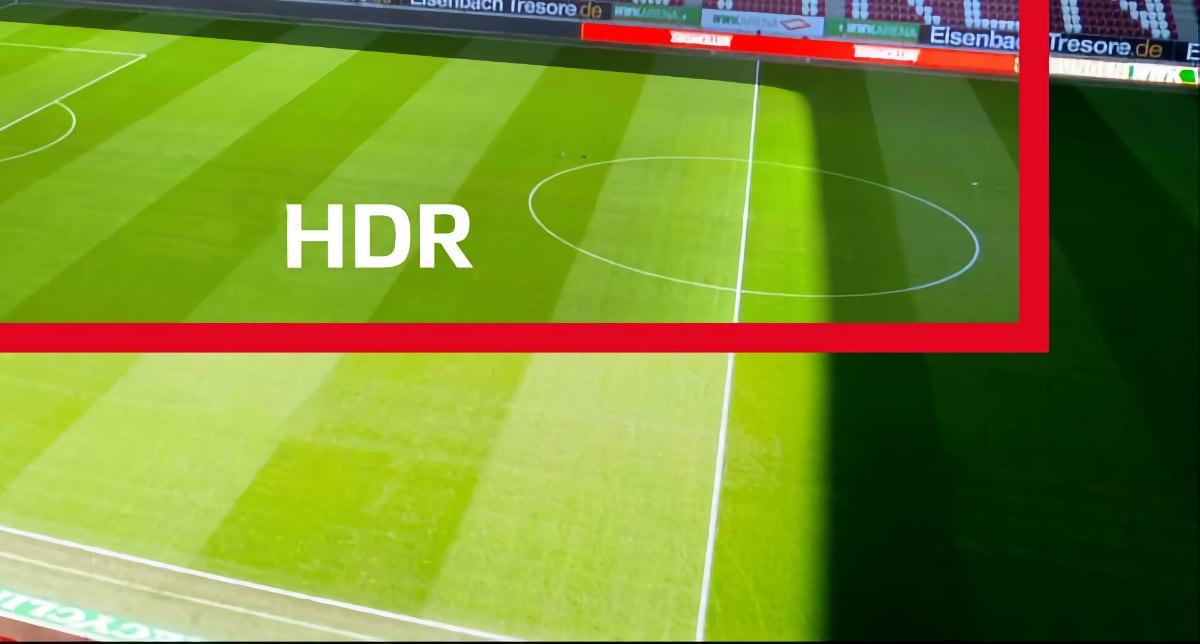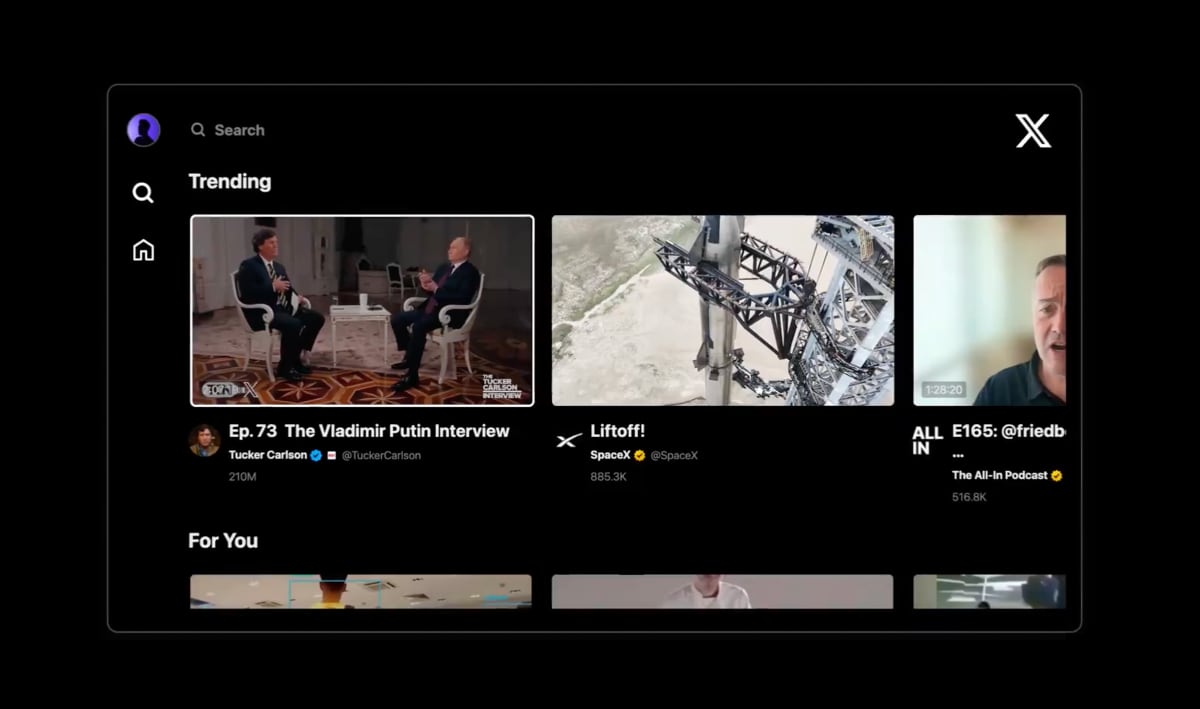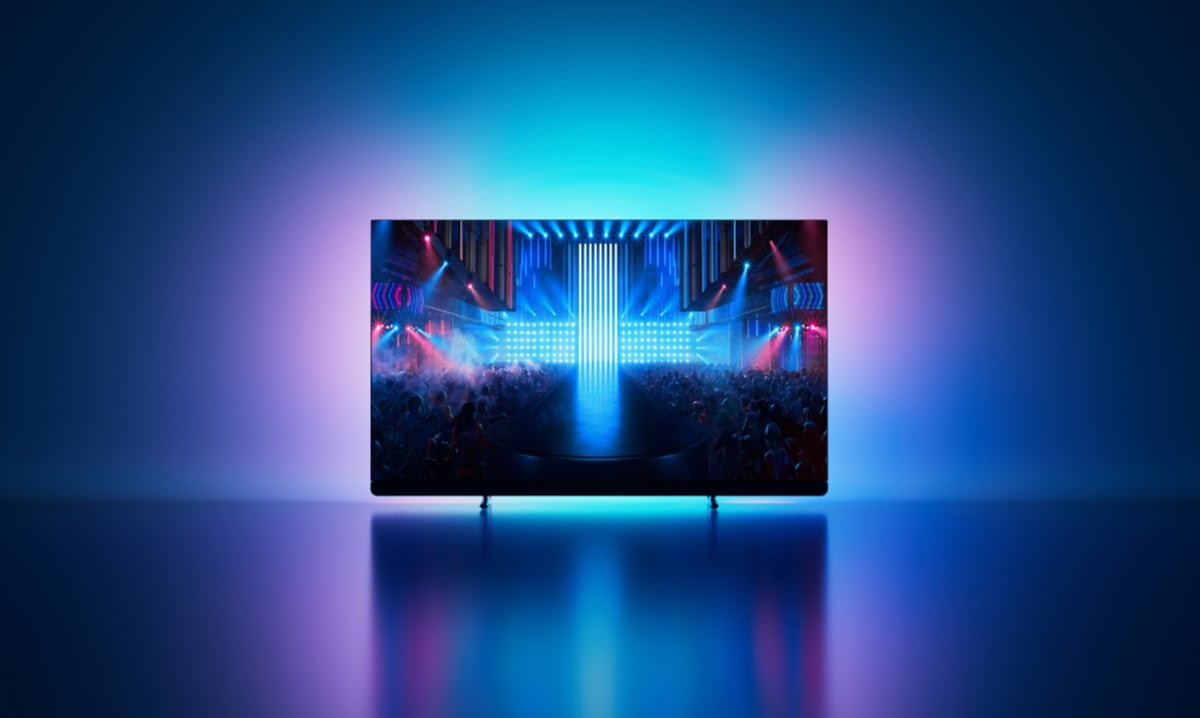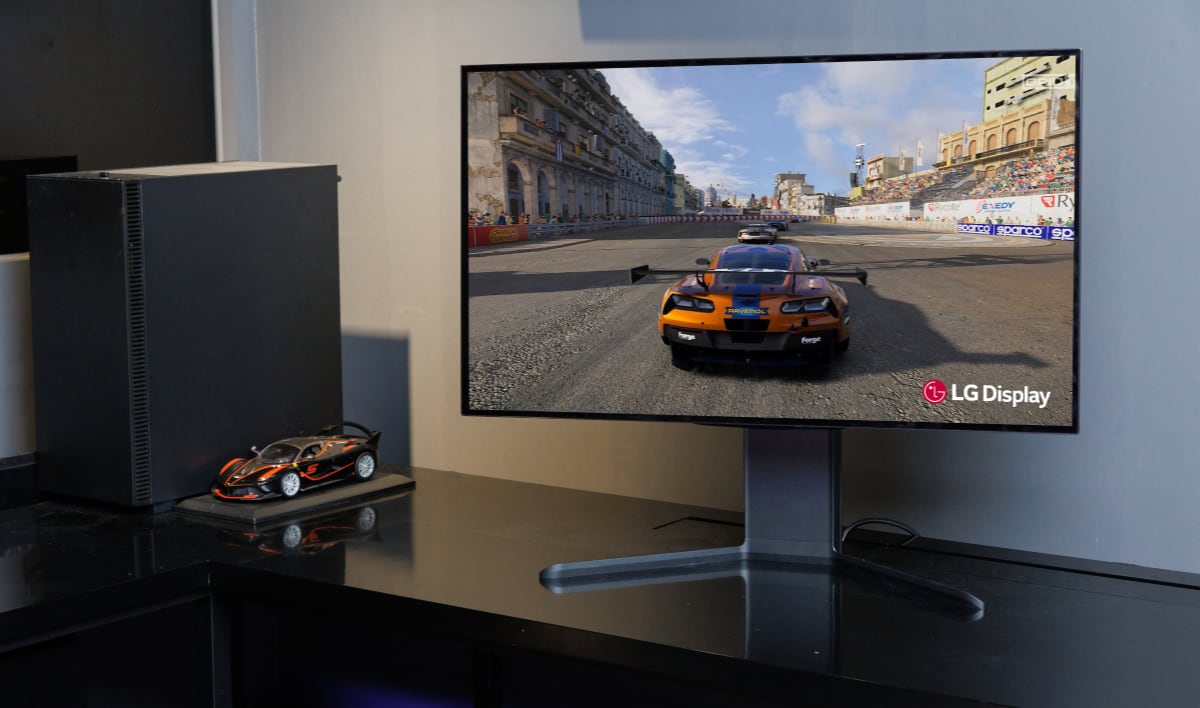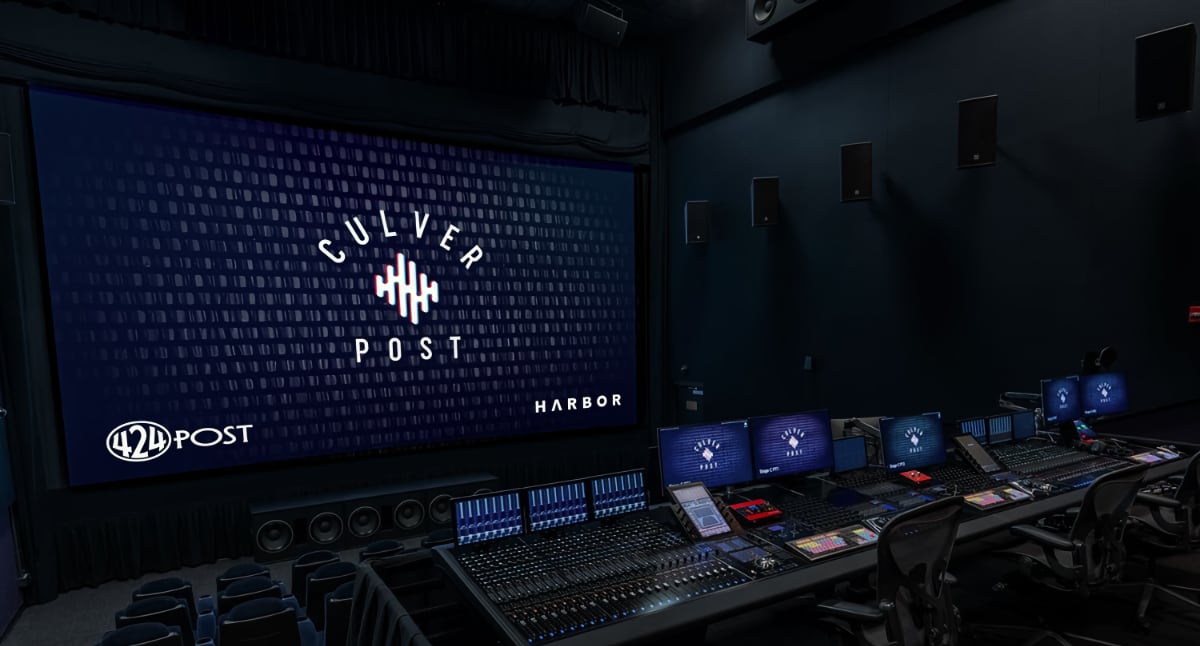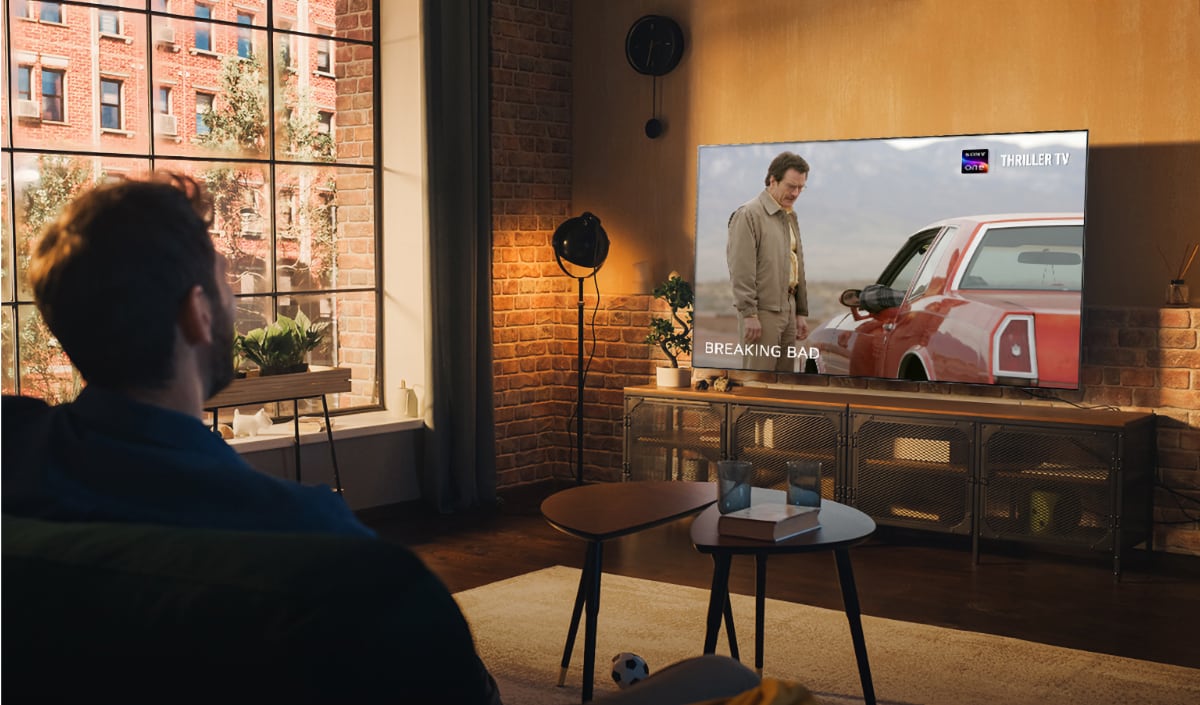TV makers and platform owners are reintroducing TV cameras. If you dare to place one in your living room, they promise to unlock a world of video calling, fitness tracking, motion gaming, and more.
Do you remember the first Smart TVs? You could wave to them, talk to them and use the camera for video calls.
Many of these gimmicks were abandoned shortly after the introduction, as security experts lined up to warn against putting a camera in your living room from TV makers who showed little concern for security, let alone privacy.
At the time, security hackers even claimed they could spy on living rooms by exploiting the cameras in Samsung TVs.
The resurgence of video calling
In the aftermath of these and various unrelated events, privacy has emerged as a hot topic in the tech industry, largely driven by Apple's advocacy. So it is perhaps not unexpected to find Apple playing a part in this renewed initiative.
Apple has recently released tvOS 17, featuring FaceTime support, allowing you to converse with friends and family on the largest screen in your home. Zoom and WebEx apps will be available later. Additionally, a new karaoke-like feature in Apple Music leverages the camera to place you and your dancing companions within the frame.
To use it, you need to employ an iPhone's camera through the wireless 'Continuity Camera' link. However, it is not difficult to envision a future Apple TV featuring a built-in camera to unlock a wider range of capabilities.
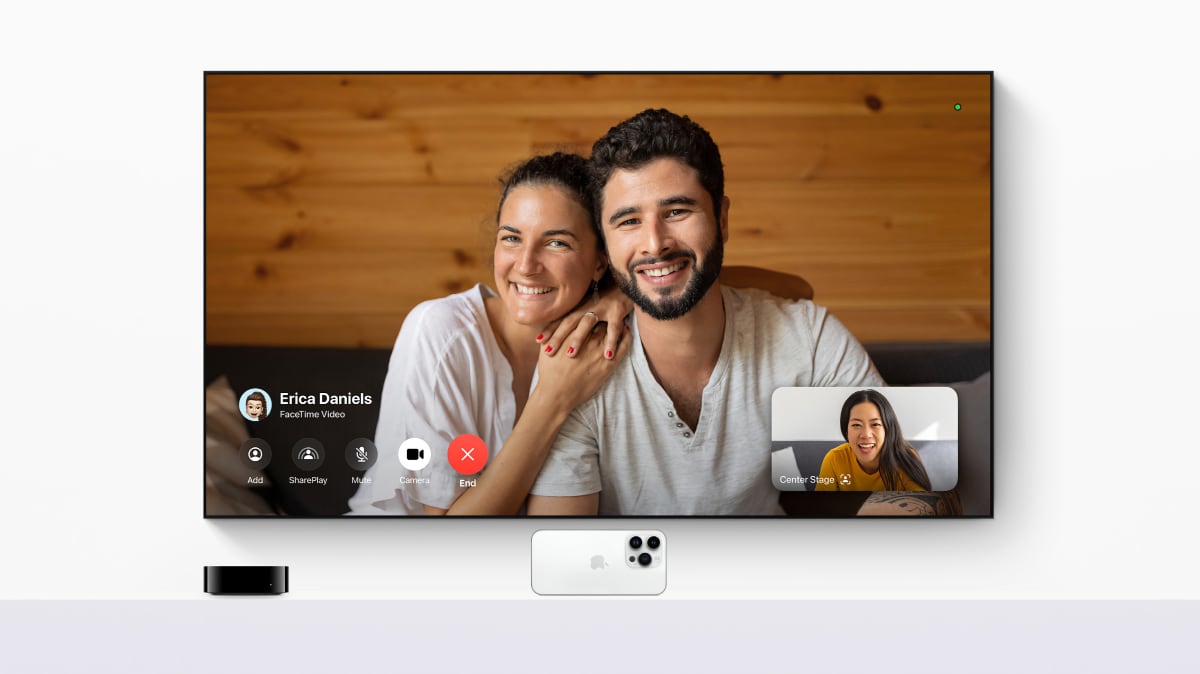
Apple TV 4K now supports FaceTime, and soon Zoom and WebEx. Photo: Apple
In June, Sony also partnered with Zoom, saying that the app will soon become available on 2022 and 2023 Sony Google TV.
It requires the purchase of Sony's previously released optional Bravia Cam, which can be attached to the top of the TVs frame.
Sony's camera also offers additional features, such as video and sound optimization based on the ambient light level and who is in the room. In addition, it has the capability to automatically power off the TV when the room is vacant and detect when children are seated too closely, according to Sony.

Sony's Bravia Cam supports video calling, viewer detection, and more. Photo: Sony
Shortly after, British TV distributor Sky, which offers its own TV screen (Sky Glass), launched its own camera called 'Sky Live'. This camera is designed for video calling, interactive gaming, and fitness with body tracking.
And shortly after that, LG announced that it is launching its own camera for video calling, home fitness and other activities. It is compatible with 2022 and 2023 TV models.
The announcements from Apple, LG, Sony, and Sky followed Samsung's collaboration with Google in 2021 and 2022, where they introduced the Google Duo app for video calls on Samsung TVs. It too necessitates the purchase of an optional camera.
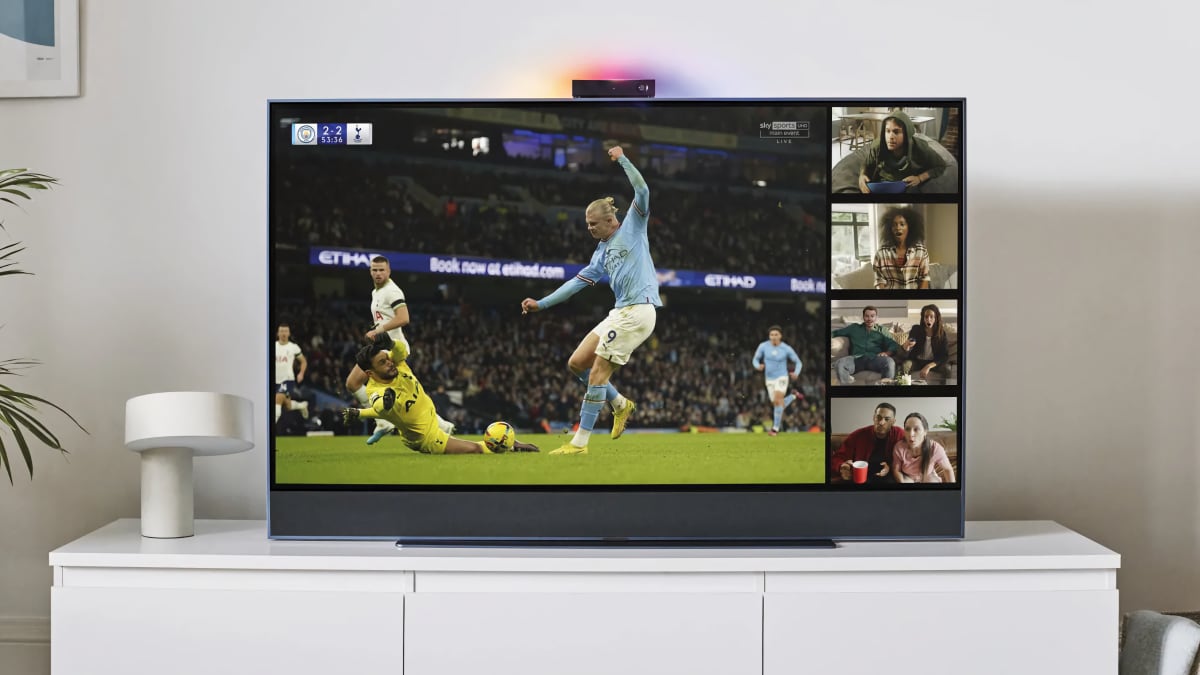
Sky imagines that it will let us watch football together even when we are apart. Photo: Sky
A camera in the TV frame
However, none of these TV makers have dared to incorporate a camera directly into the TV frame once more, most likely to avoid a repeat of the early 2010s nightmare.
The sole daring, or perhaps reckless, company willing to take this step is Telly, the new company responsible for the free ad-supported TV screen. Telly's camera offers many of the same capabilities as Sky's but the introduction of the Telly TV raises a range of privacy concerns.
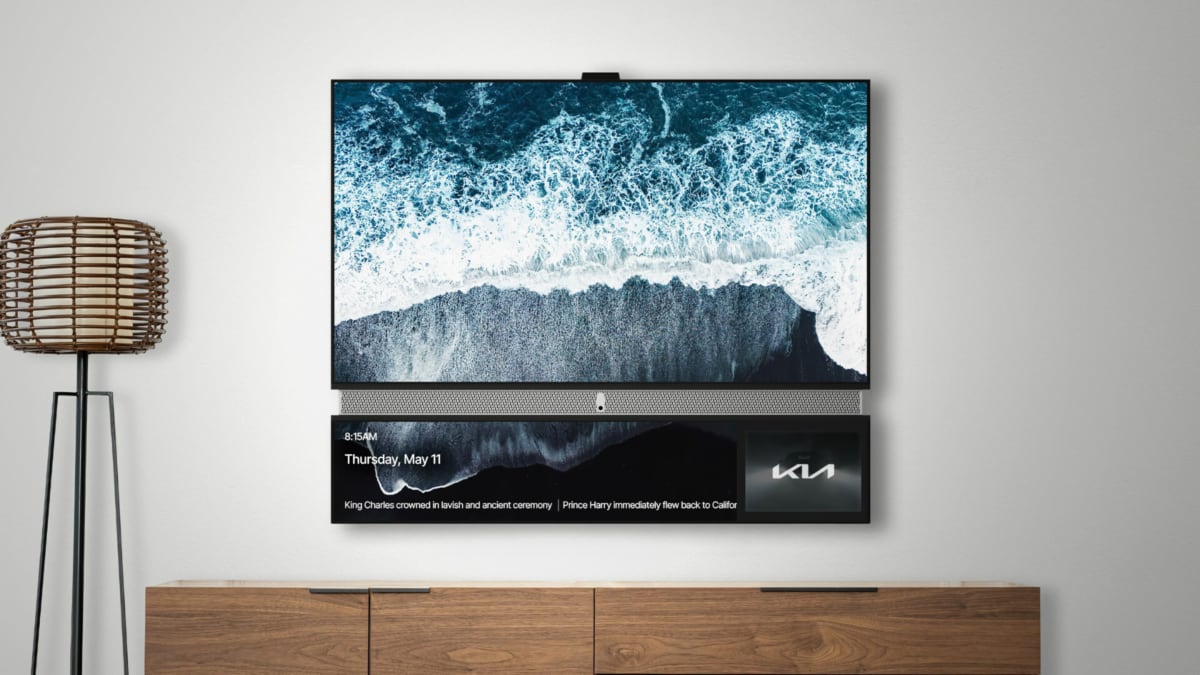
Telly has a camera built into the soundbar. Photo: Sky
Giving TVs eyes
By equipping TVs with 'eyes,' new types of interactions become possible. Video calling is the obvious thing, but manufacturers' hints already indicate potential uses in home fitness and, more intriguingly, interactive games that do not rely on motion controllers.
The Nintendo Wii popularized the concept and was wildly popular for a period, but it eventually waned, partly due to its reliance on the relatively poor physical controllers. Microsoft' Kinect worked without controllers but had various other limitations.
A startup company called Nex, based in San Francisco, is working to revive motion games, and is already working with Sony, Sky and Telly. It will also launch its own little game console in December for $200 called Nex Playground. No controllers are required.
One can also envision entirely different features. For instance, a camera could enable a TV platform or app to automatically switch user profiles based on the viewer. At trade shows, it has also been demonstrated how eye tracking can be used to enable 3D without the need for glasses – at least for one person.
Optional TV cameras will not move the needle, but they serve as a testing ground before deciding whether to reintegrate cameras into TVs. This is the current phase of exploration.
Or perhaps the market will once more reject the TV camera. This time, consumers are better equipped to handle the security and privacy concerns and are more inclined to reject untrustworthy players. It is a matter of trust.
So, are you ready to have a video chat with grandma on the big screen? Is she?

